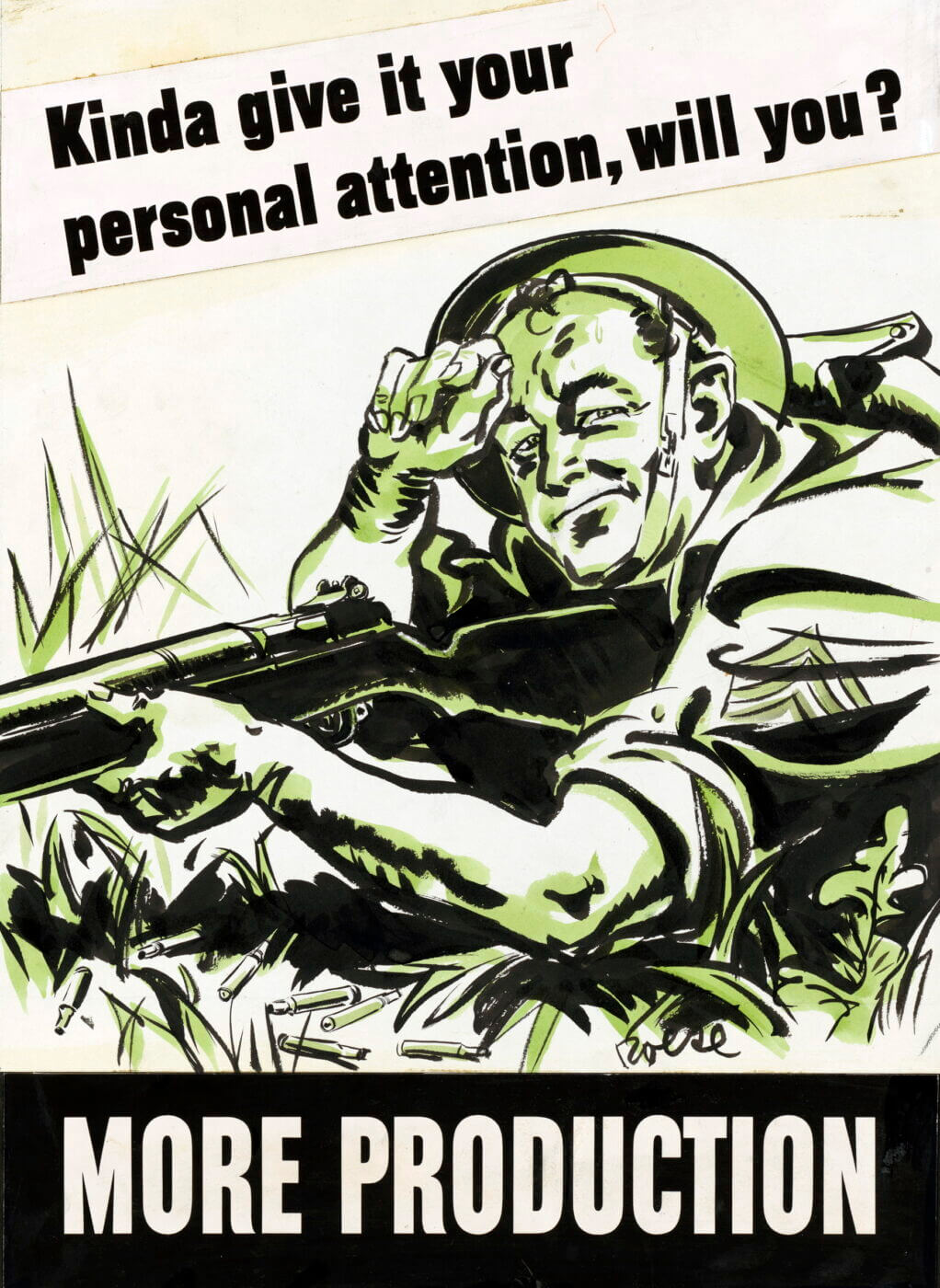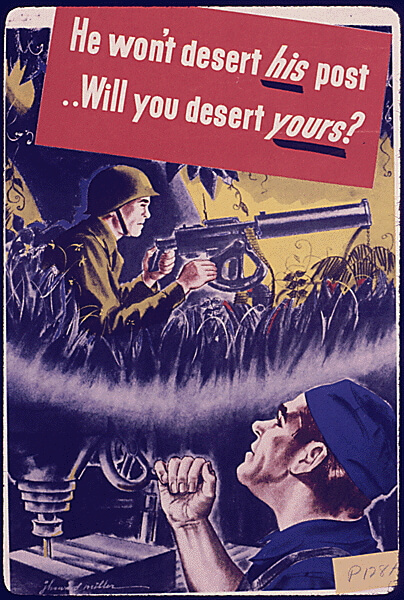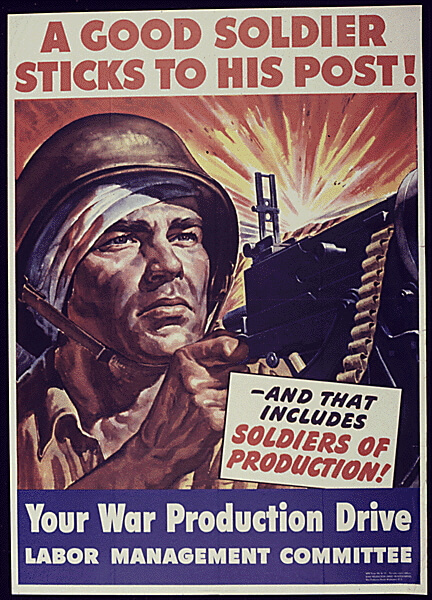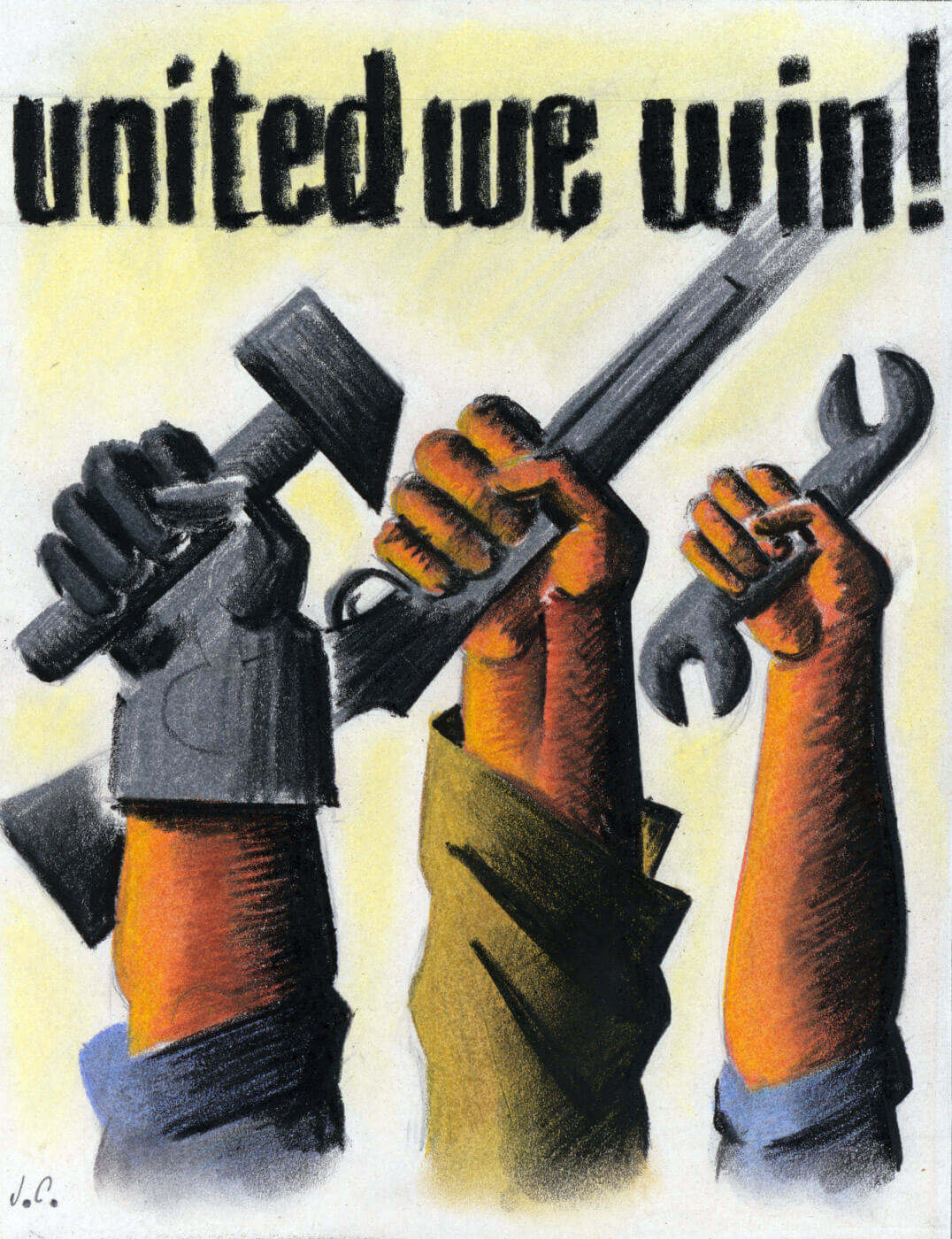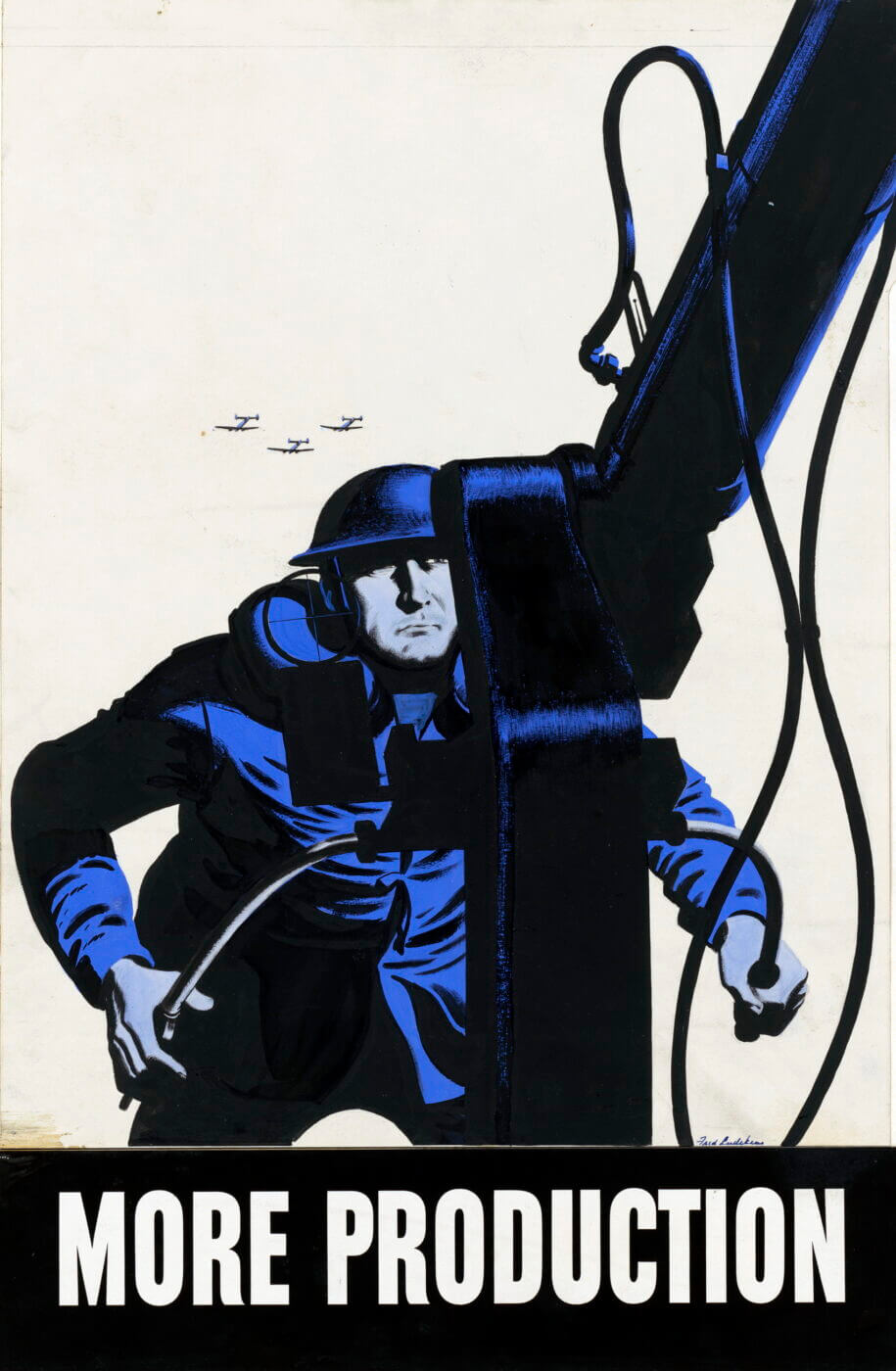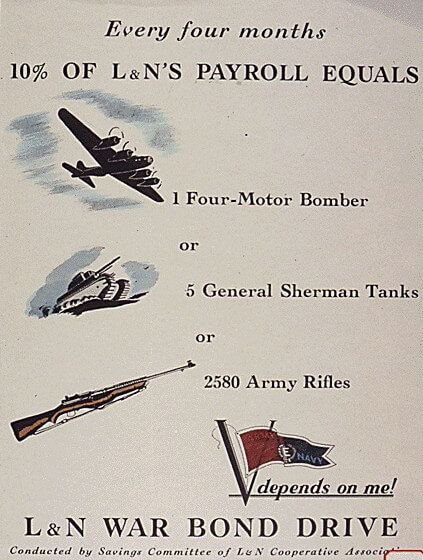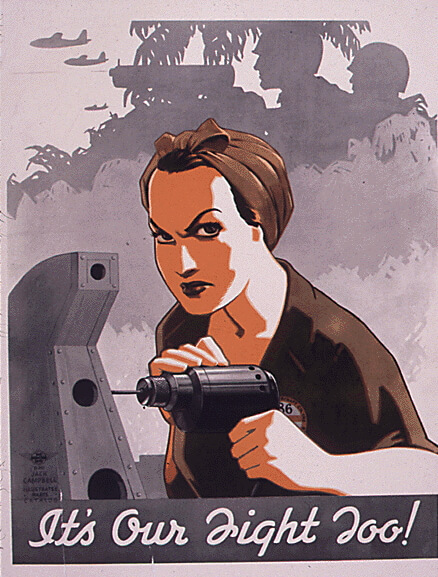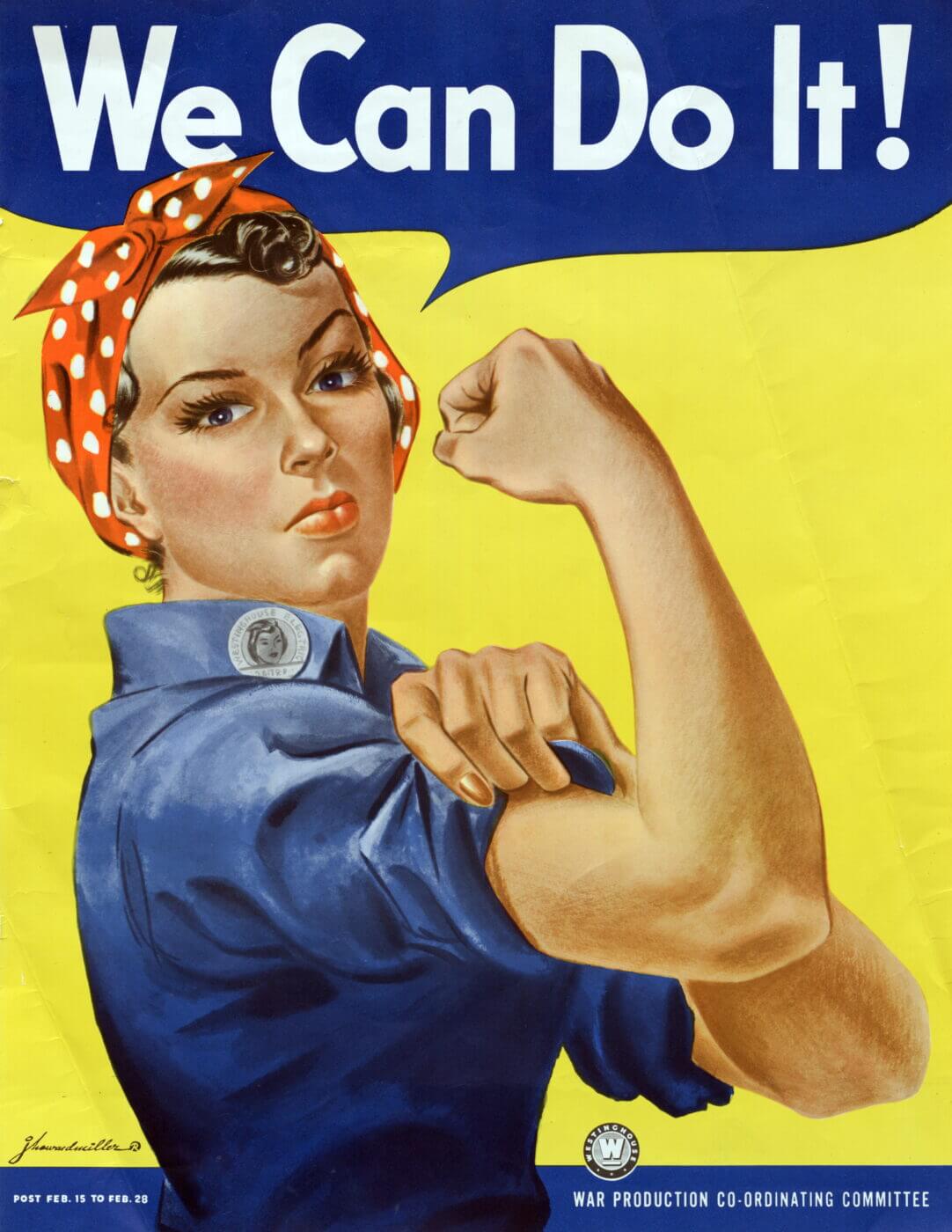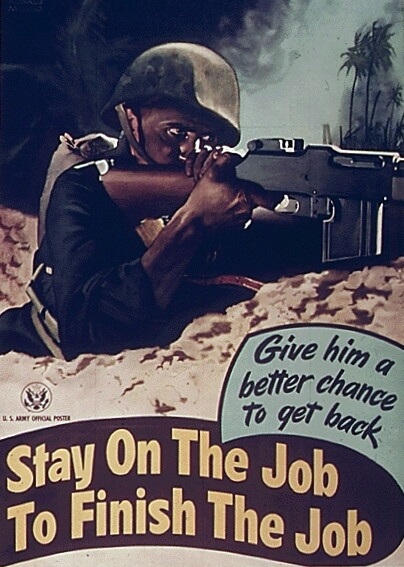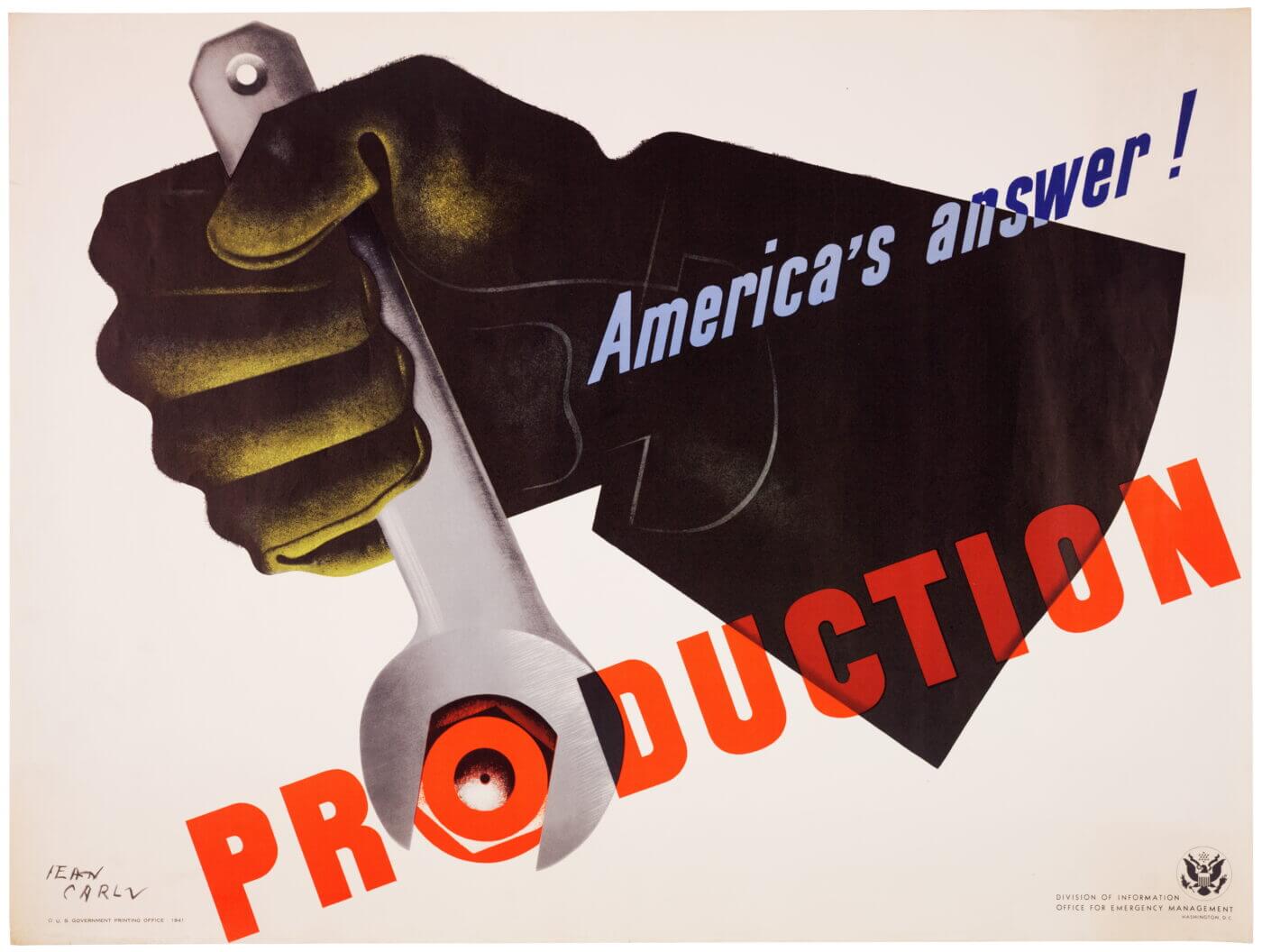June 16th, 2020
7minute read
The statistics are shocking.
When World War II began on September 1, 1939, the United States military was incredibly small.
Those great natural barriers had kept America safe from foreign invasion since 1814.
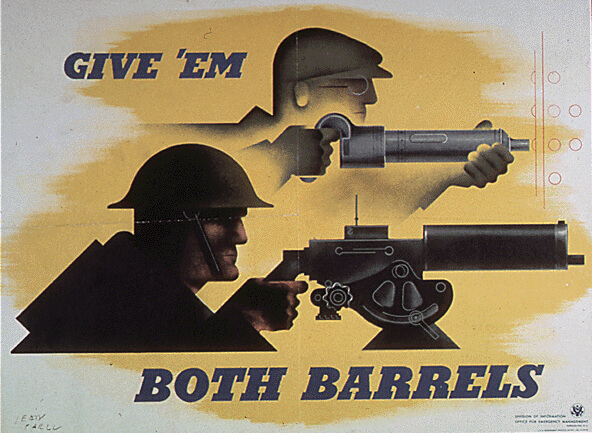
In Germany and Japan alike, America was considered to be soft and distracted, and unwilling to fight.
Roosevelt committed American industrial muscle to support England and the European allies in their fight against Hitlers Germany.
U.S. production of war materials remained at a trickle.
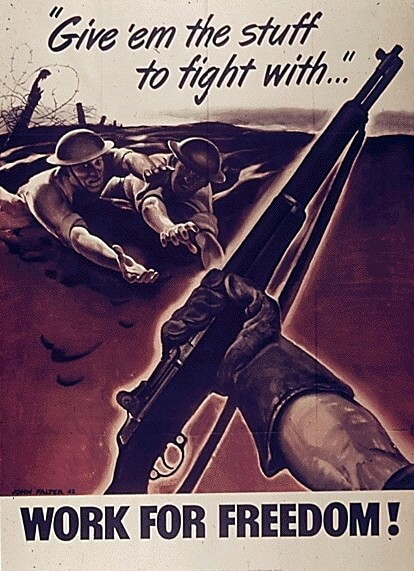
The Japanese attack on Pearl Harbor changed everything.
U.S. military production accelerated beyond anything ever seen before.
U.S. unemployment hovered around 14.6% in 1940, and by 1945 it had fallen to 1.9%.
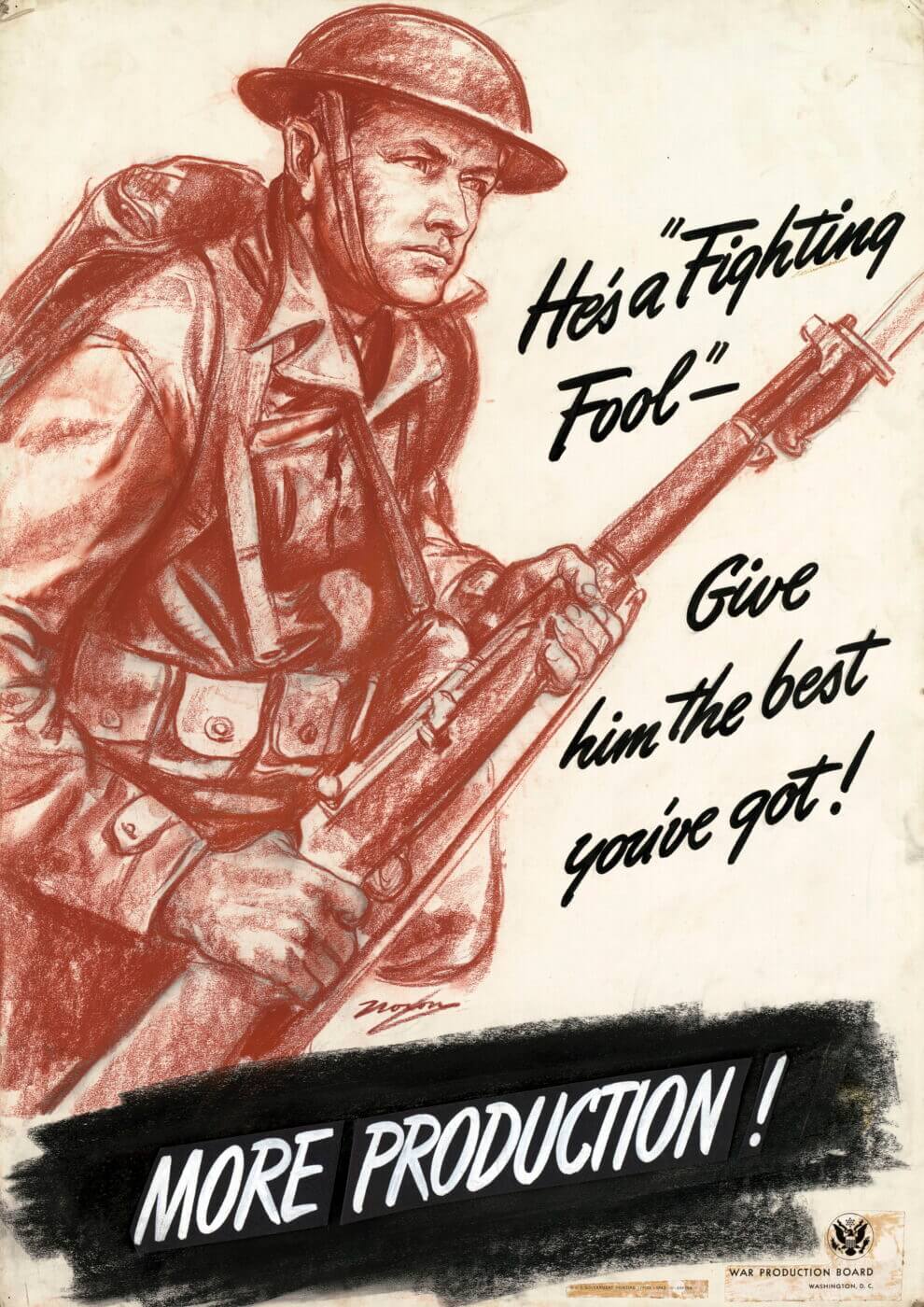
America not only outfought its enemies, it outworked them too.
And to support this, a whole host of fascinating wartime posters began to appear to support the cause.
Posters also promoted the importance of quality, attention to detail, health and safety, and minimal absenteeism.
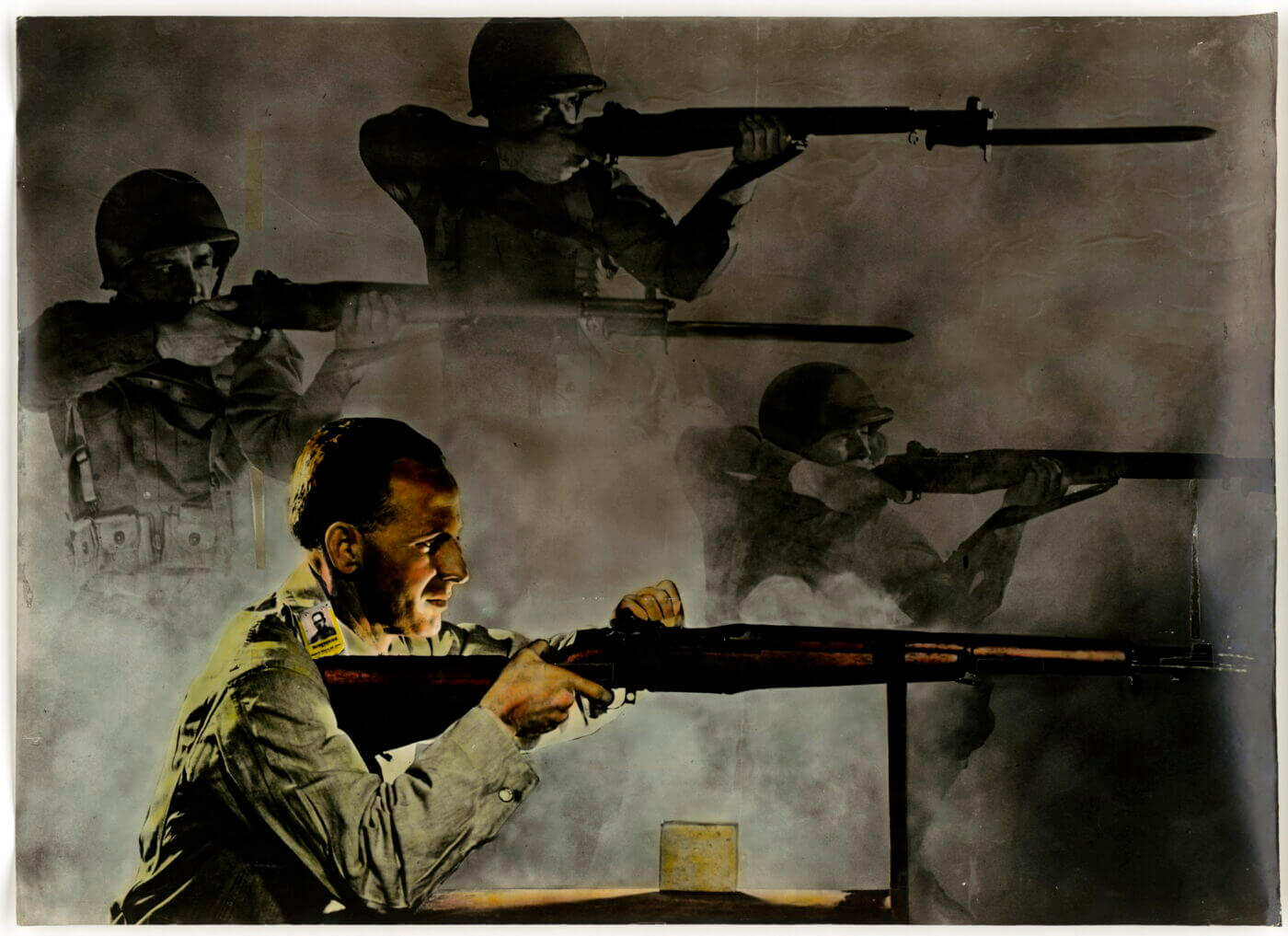
We never once worried about the quality of the design or manufacture of our aircraft.
Our mechanics could fix anything, and our fuel and ordnance was of the highest quality.
If you think our GIs were bad off, plenty of the Germans we captured were downright pathetic.
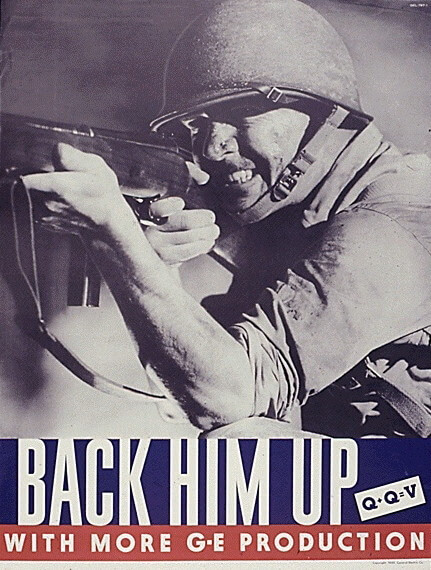
Many of them were in rags, and some didnt even have proper shoes.
And at that point they carried almost anything that would shoot.
My dad knew that the war effort at home made a difference in the field.
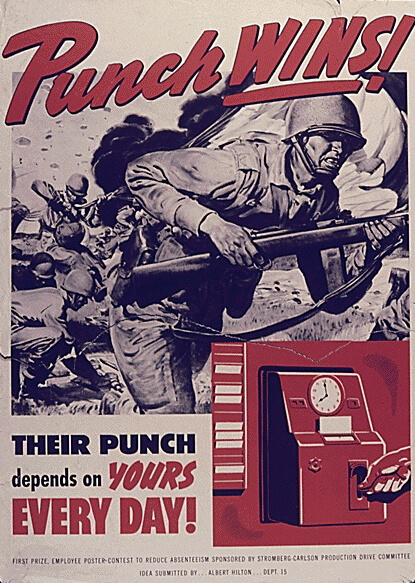
He once described Americas women as our secret weapon during World War II.
The women made the difference.
They picked up the slack.
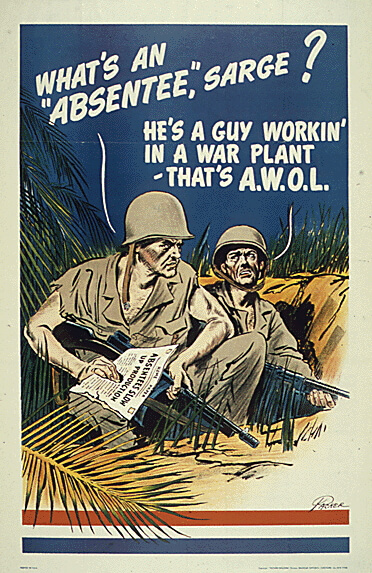
Your grandmother, your mom and her sister, they all did their part.
Hitler never figured on them, Dad said.
The Axis war planners never accounted for Americas hidden labor force, an army of highly capable women workers.
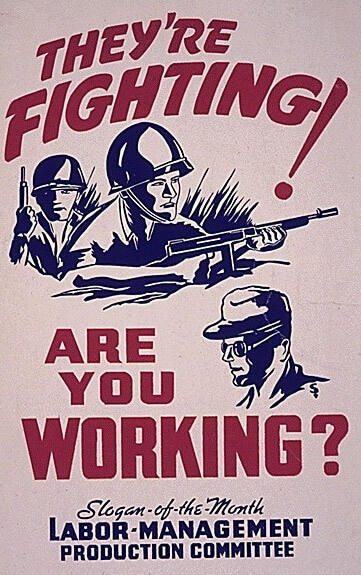
My mother hated violence and she wasnt a fan of guns either.
In the end, it was a massive team victory for America and the Arsenal of Democracy.
Rivets and screws equaled bullets and bombs.
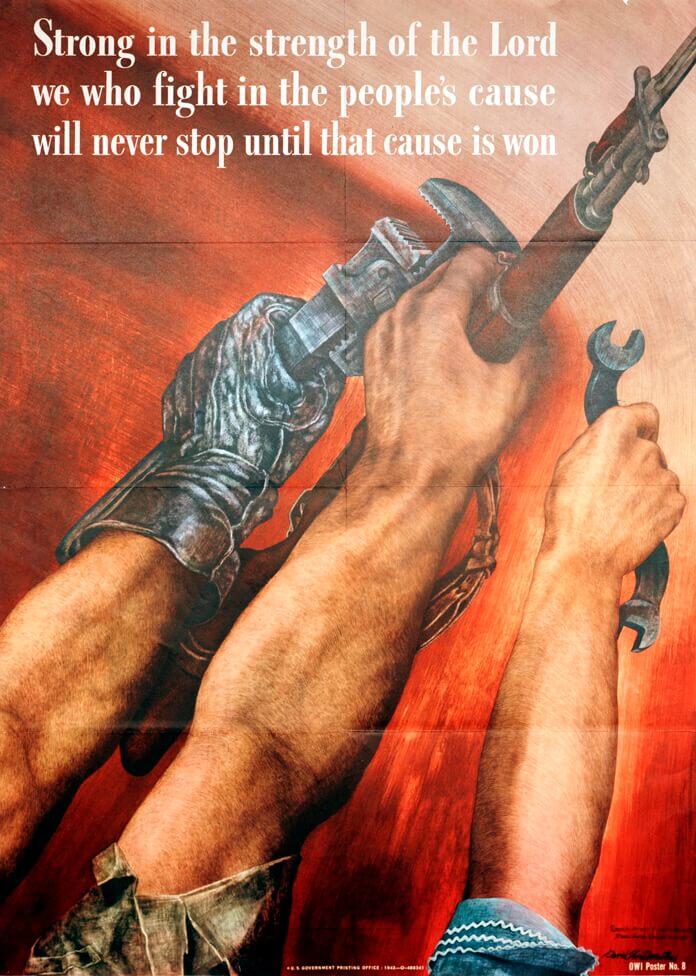
And production teams fought to meet their quotas with the fervency of a desperate last stand.
Industrial production posters featured all the major American small arms, and some that firearms enthusiasts might not expect.
